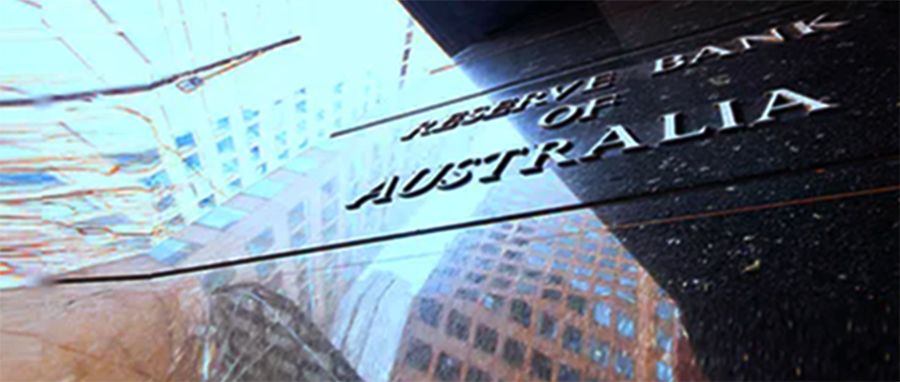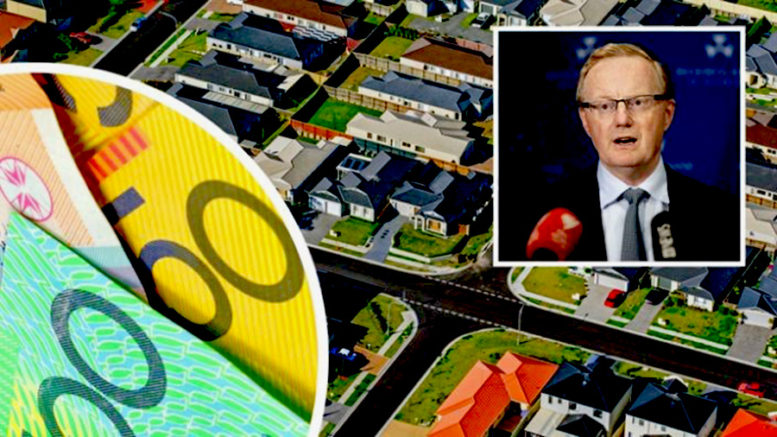Contributed by Joe Montero
We must look closely to the Reserve Bank’s cut of the interest rate to 0.1 percent, the buying of $100 worth of government bonds, to provide protection to the banks and other financial institutions.
This is really an admission that Australia is in serious trouble.
Lowering of the interest rate to a whisker of zero is not a good thing. It means that business activity has slowed down, consumers do not see themselves in the position to lift their spending, and the debt crisis is about to get a whole lot worse.
Two figures say it all. Australians spent 6 percent less in the June quarter, adding significantly to an already existing downward trend. Calculated GDP went down by 7.6 percent over the same period. Decreased spending comes together with decreased economic activity.
Although the Coronavirus lock down exaggerated the result, it remains that there is insufficient spending when households are burdened with excessive debt and growing worries about income security.

The Reserve Bank lowers interest rates to encourage more borrowing by business and spending by consumers. The idea is that increasing the amount of money in circulation will stimulate the economy.
The weakness in this argument is that there are other factors that determine economic performance.
Governments sell bonds for two reasons. To raise revenues to pay debt or to take money out of circulation.
The latest interest rate cut, and bond buy are to Today’s purpose is to discourage saving and generate more spending. How do you reconcile this in a context where there is already an excessive money supply? If this weren’t the case, the interest rate would not be so low.
A contradiction in the response exists. The reason is that its purpose is the redistribution of income towards the wealthiest few percent of the population, and the real effect is to increase savings and lower spending further, while it withdraws income from others.
Why is it being done then? because of the wrong claim that increasing relief for those at the top will encourage investment, and this will re-ignite the economy and create jobs.
It won’t. The reason that investment is not performing exists in the structure of the economy. Without addressing the deeper circumstances in which investment takes place, little is going to change.
The Reserve Bank is not buying the 5 to 10-year bonds from the government. It is buying them from the banks and other financial institutions, and this means they will be handing them over $100 billion to protect their profits from pressure generated by the expected spike in mortgage defaults in the first place, and falling earnings on lending, caused by the declining interest rate in the second.
Creating money and handing it over in this way, is called quantitative easing, and it will raise the profit of the receiving institutions. The decreased value of money will raise the general price level, and even more importantly, keep up the cost of housing.
Quantitative easing does not address the problems at the base of the economy that are behind its poor performance. It won’t solve the problem of under consumption. It will add to the disharmony between the real economy and the money supply.
There will be no trickle down into new jobs.
Throwing money at the banks has not fixed the economy so far, and it won’t do it now.


Be the first to comment on "Australia now has almost zero interest and billions for the banks"